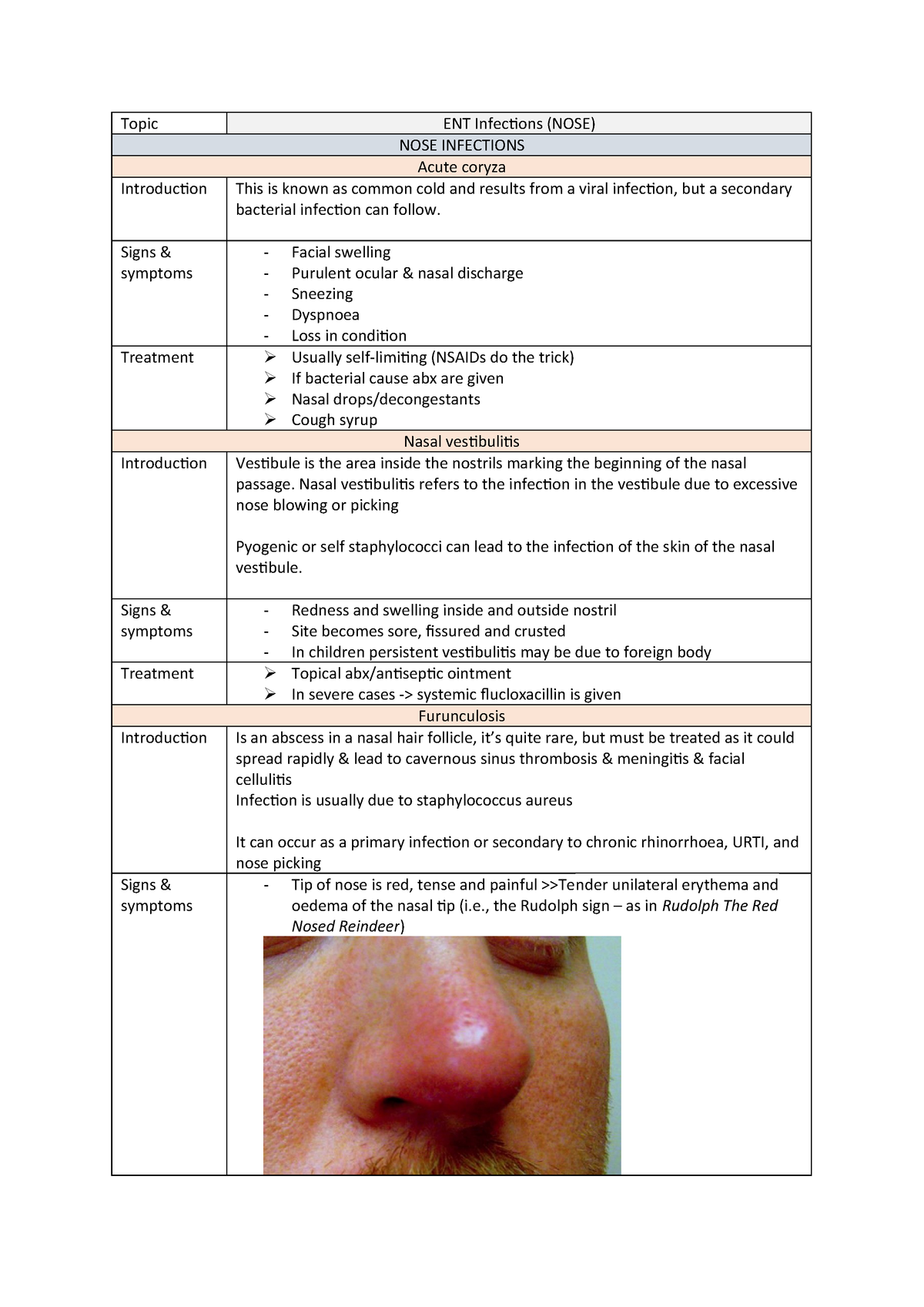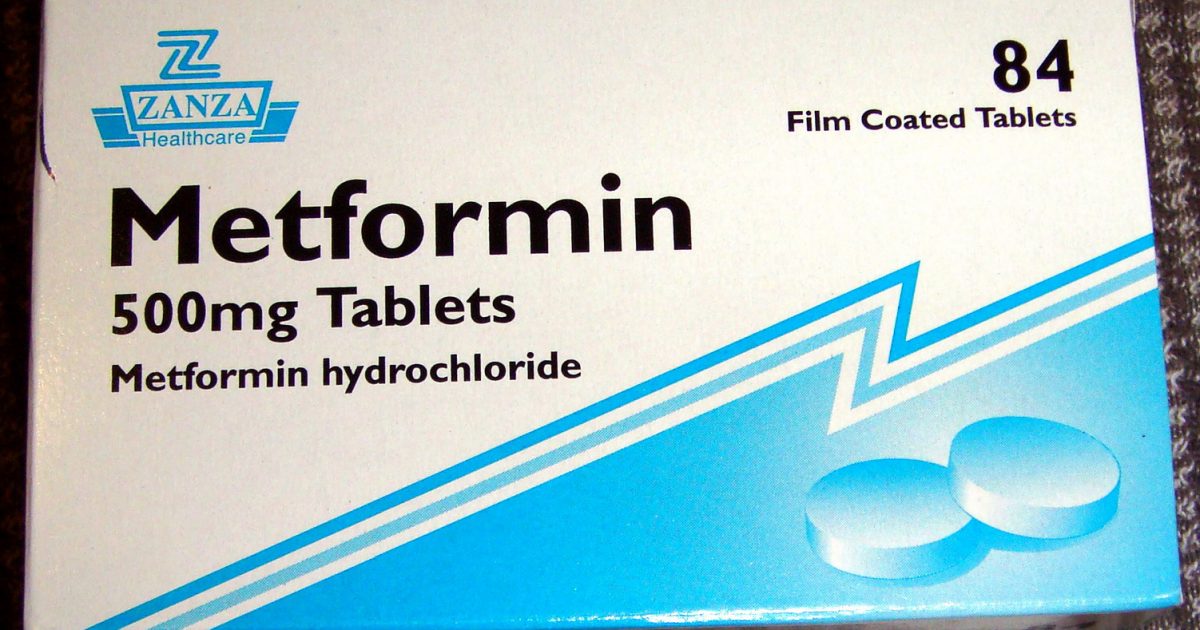
How metformin increases insulin action is not known but it is known to affect many tissues. Its major effect is to increase insulin action. It is effective only in the presence of insulin but, in contrast to sulfonylureas, it does not directly stimulate insulin secretion. METFORMIN – Metformin has been used in Europe for over thirty years, and has been available in the United States since March 1995. It is this first phase of insulin release that is abnormal in early diabetes & can often be found in patients with impaired glucose tolerance prior to the onset of diabetes.

The first phase of insulin release is brisk, of short duration and occurs within minutes of ingesting food. A potential advantage of this drug is that it seems to have it’s effect on the first phase of insulin release rather than the late phase of insulin release. Natiglinide – Natiglinide (Starlix) is a very short-acting glucose lowering drug whose mode of action is similar to the sulfonylureas and is nearing approval by the FDA. Hypoglycemia is the most common adverse effect. The maximum dose is 4 mg before each meal the dose should be skipped if the meal is missed. The recommended starting dose is 0.5 mg before each meal for patients who have not previously taken oral hypoglycemic drugs. The clinical efficacy of repaglinide is similar to that of the sulfonylureas. It is structurally different than sulfonylureas, but acts similarly by increasing insulin secretion.

Repaglinide – Repaglinide is a short-acting glucose-lowering drug recently approved by the Food and Drug Administration for therapy of type 2 diabetes alone or in combination with metformin. However, given the relatively high incidence of hypoglycemia in patients taking glyburide or chlorpropamide, shorter acting drugs should probably be used in elderly patients The choice of sulfonylurea is primarily dependent upon cost and availability, because their efficacy is similar. In contrast, insulin should be used in patients who are underweight, are losing weight, or are ketotic despite adequate caloric intake. They are most likely to be effective in patients whose weight is normal or slightly increased. Chlorpropamide has two unique effects: it can cause an unpleasant flushing reaction after alcohol ingestion and it can cause hyponatremia (low blood sodium), primarily by increasing the action of antidiuretic hormone.Ĭlinical use – Sulfonylureas usually lower blood glucose concentrations by about 20 percent. Weight gain can also occur unless the diabetic diet and exercise program are followed.
#NOSE INFECTION SIDE EFFECT OF METFORMIN SKIN#
Other, infrequent side effects that can occur with all sulfonylureas include nausea, skin reactions, and abnormal liver function tests. With concurrent therapy with salicylates, sulfonamides, fibric acid derivatives (such as gemfibrozil), and warfarin.In patients with impaired renal or cardiac function or inter-current gastrointestinal disease.In patients who are undernourished or abuse alcohol.With the use of longer-acting drugs (glyburide, chlorpropamide).Patients should be cautioned about those settings in which hypoglycemia is most likely to occur. Patients recently discharged from hospital are at the highest risk for hypoglycemia. Hypoglycemia is the most common side effect and is more common with long-acting sulfonylureas. Side effects – Sulfonylureas are usually well tolerated. This benefit may be counterbalanced by a substantially increased risk of hypoglycemia. Those drugs with longer half-lives (particularly chlorpropamide, glyburide, and glimepiride) can be given once daily. They have a potency that allows them to be given in much lower doses. Glipizide, glyburide (glibenclamide), and glimepiride are so-called second-generation sulfonylureas. Pharmacokinetics – Sulfonylureas differ mainly in their potency & their duration of action. Sulfonylureas may also have extra-pancreatic effects, one of which is to increase tissue sensitivity to insulin, but the clinical importance of these effects is minimal. The net effect is increased responsiveness of ß-cells (insulin secreting cells located in the pancreas) to both glucose and non-glucose secretagogues, resulting in more insulin being released at all blood glucose concentrations. SULFONYLUREAS – Sulfonylureas are the most widely used drugs for the treatment of type 2 diabetes and appear to function by stimulating insulin secretion. They are not approved for the treatment of women who are pregnant with diabetes. These drugs are approved for use only in patients with type 2 diabetes and are used in patients who have not responded to diet, weight reduction, and exercise. There are now four classes of hypoglycemic drugs:

Type 1 diabetes involves a lack of insulin and requires insulin for treatment. Oral hypoglycemic drugs are used only in the treatment of type 2 diabetes which is a disorder involving resistance to secreted insulin.


 0 kommentar(er)
0 kommentar(er)
